- Category
- War in Ukraine
How Starlink Became Ukraine’s Lifeline in War

Russia’s war against Ukraine has underscored the vital need for communication—both for the military and civilians. When the signal goes dark, Starlink keeps Ukraine online—on the battlefield and beyond.
September 2022, Izium, Kharkiv region. For six months, this city was under Russian occupation. As we stand at the entrance to the recently liberated city, Ukrainian soldiers, journalists, and volunteers cluster around a shattered gas station—not for fuel, but for a connection. A Starlink terminal stands amid the ruins, the only link to the outside world. Cell towers are destroyed, equipment is looted, and networks are down. Satellite internet is the city’s sole lifeline.
Venturing deeper, we spot more Starlink terminals installed at military positions, ensuring soldiers stay connected to command and loved ones.
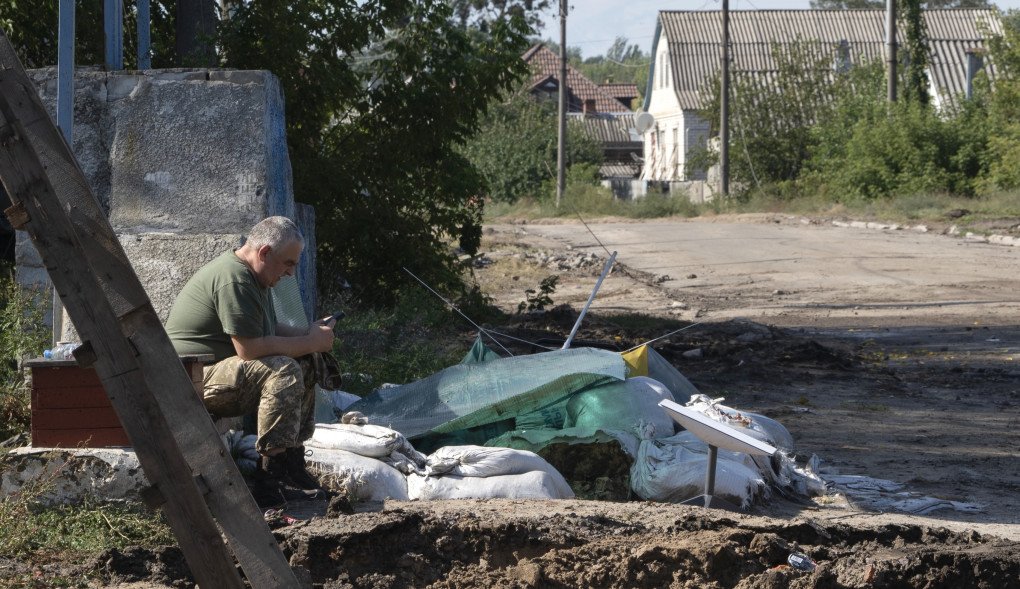
Three years into the full-scale war, Starlink has become indispensable. For civilians, it’s a backup, and for the military, it's often the only option. The exact number of terminals delivered to Ukraine is unknown, but estimates put the number in the tens of thousands, deployed nationwide and across the front lines where they matter most.
In November 2022, as Ukrainian forces liberated Kherson, Starlink terminals were among the first shipments of volunteer aid to arrive. They were set up in the city’s central square, allowing residents to reconnect with relatives and friends. Journalists and soldiers used them to document the devastation left by Russian forces. Full network connectivity was restored only later. Until then, Starlink terminals in hospitals, train stations, post offices, and public service centers provided a critical link to the outside world.
Kherson is, unfortunately, an exception—Ukrainian operators managed to restore communication there. But in many frontline towns and villages, Russia’s relentless shelling has left networks down or barely functional. For these communities, Starlink is the only reliable way to stay connected to the world. Terminals are often set up near post offices, municipal buildings, and libraries, while some socially responsible businesses keep access open. Hospitals and schools have their own terminals as well. Thousands of Starlink units in hundreds of frontline settlements provide a critical lifeline, ensuring people can stay online
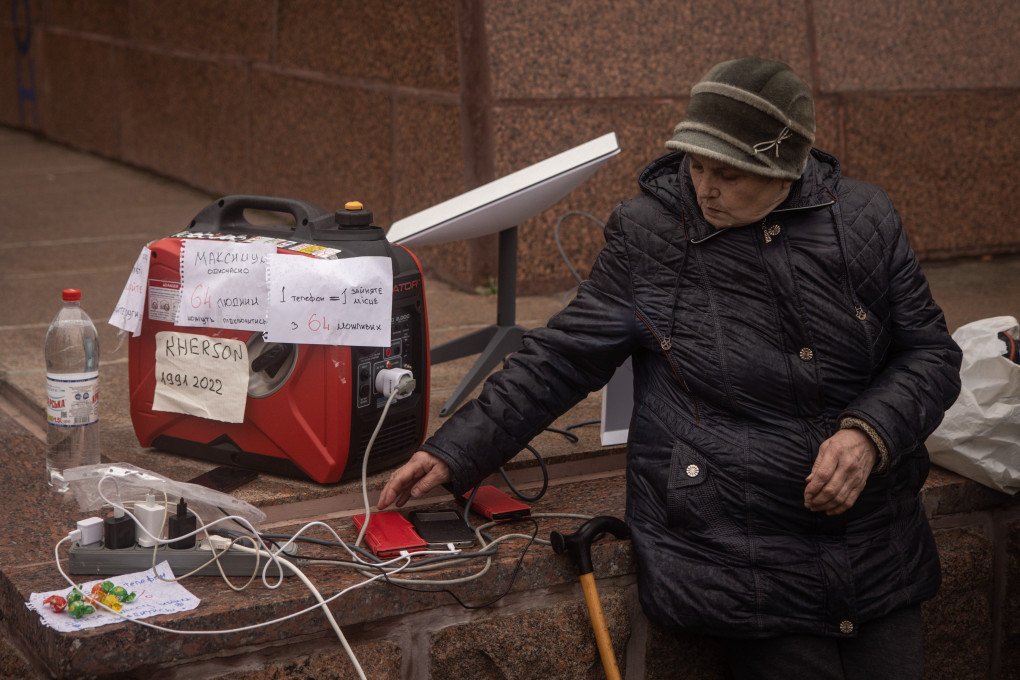
Nearly every military unit has its own Starlink terminals. The author of this article personally raised funds and delivered around ten Starlink terminals to soldiers in the first year of Russia’s full-scale invasion. When operating near the front line, having a reliable connection is a must. Traditional mobile networks don’t function in combat zones—telecom stations are among the first targets, as the enemy understands that disrupting communication is a strategic advantage. In such conditions, Starlink becomes as crucial as weapons or proper camouflage.
At the same time, Starlink has become a cornerstone of Ukrainian resilience, not just for the military but for civilians as well.
A backup communication network
From the very beginning of Russia’s full-scale invasion, Ukraine has relied on Starlink as a backup communication system. The first batch of terminals was delivered in February 2022, following an appeal by Ukraine’s Digital Transformation Minister, Mykhailo Fedorov, to Elon Musk. While Ukrainian cities still had network coverage, frequent Russian shelling and cyberattacks put connectivity at constant risk. Thanks to Starlink terminals, the Ukrainian government and various essential services could maintain communication even under attack.
As Russian forces began targeting Ukraine’s energy infrastructure, introducing the term “blackout” into daily life, Starlink’s role expanded significantly. When power outages occurred, traditional communication networks quickly failed as equipment lost power. To address this, Starlink terminals were installed at so-called “Points of Invincibility”—public shelters equipped with generators where people could warm up, charge their phones, and access the internet through Starlink.
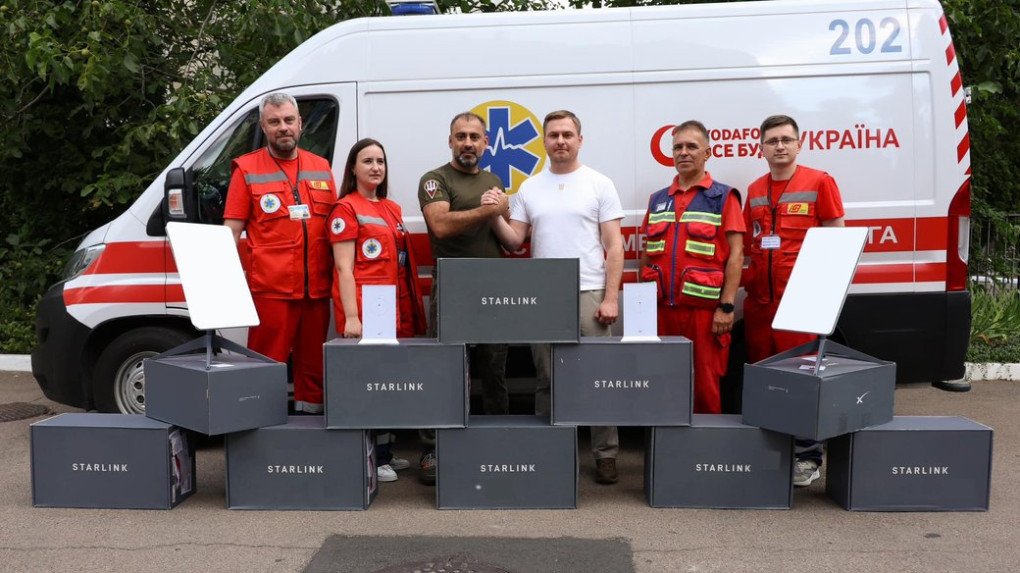
Starlink terminals remain deployed at train stations, hospitals, schools, post offices, and even parks—anywhere reliable connectivity is essential. In interviews, Fedorov recalled frequently messaging Musk personally to request additional terminal shipments, ensuring Ukrainians could stay connected. Musk consistently responded and issued directives to his SpaceX team, Fedorov said.
“Now, no matter the circumstances, our Center will always have reliable access to communication and the Internet,” said Roman Kizyma, head of the Pediatric Oncology and SCT Clinic, emphasizing the importance of having a Starlink terminal. “We thank everyone who contributed to establishing this connection at Western Ukrainian Specialized Children’s Medical Centre.”
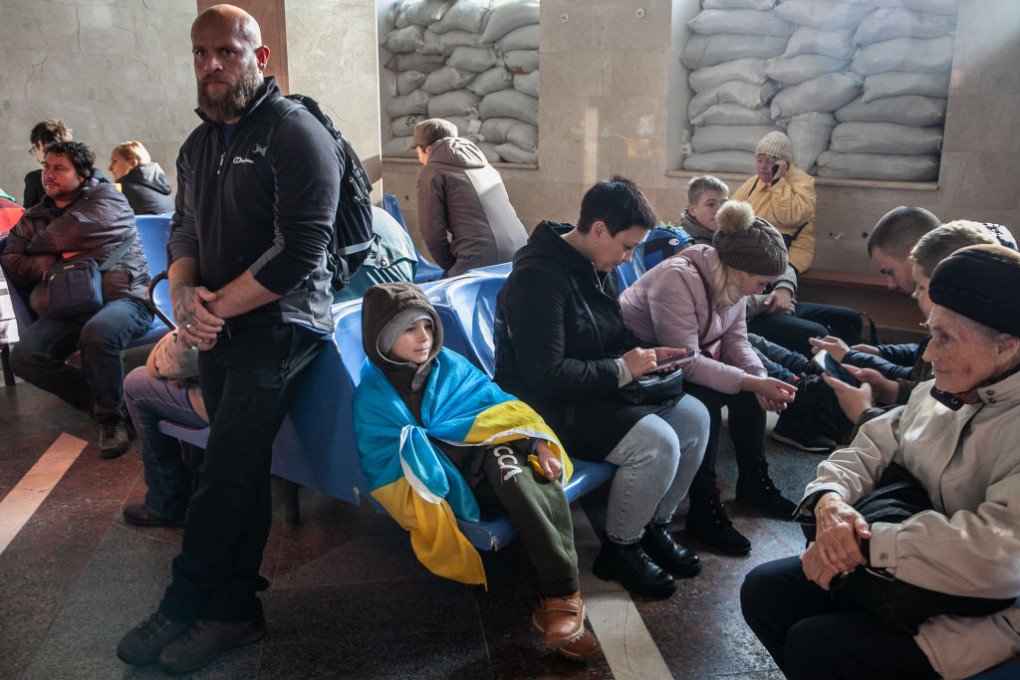
Ukraine’s Health Minister, Viktor Liashko, stated that healthcare facilities will rely on Starlink systems during outages or disruptions to the main network. This will ensure hospitals maintain satellite Internet access, even in areas where communication is temporarily lost due to active combat.
Over 40,000 Starlink terminals were officially delivered thanks to Ukraine’s Digital Transformation Ministry, the government, and international partners. SpaceX also directly contributed to these efforts.
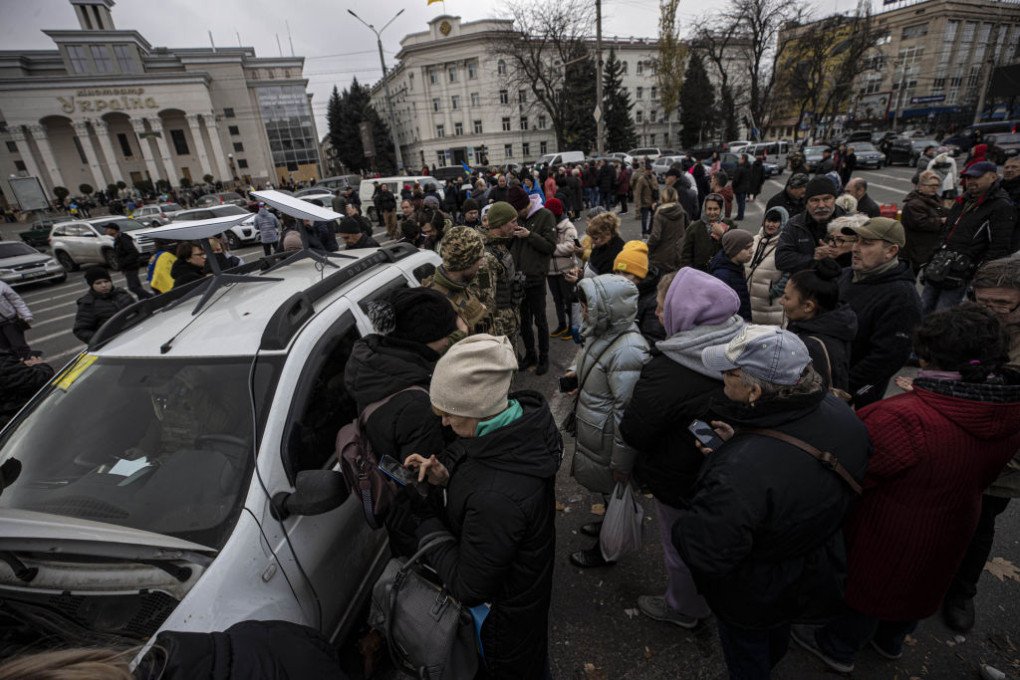
Businesses also turned to Starlink for their needs, recognizing that stable communication is a fundamental necessity—especially for online operations. The rolling blackouts that began in fall 2022 due to Russia’s war on Ukraine’s energy forced entrepreneurs to prepare for potential internet disruptions. In cities, Starlink terminals were installed on office rooftops, shopping centers, and even balconies.
Unofficial estimates suggest that private businesses, individuals, and volunteer organizations may have imported an additional 100,000 Starlink terminals in response to requests from the military and civilian sectors.
Keeping frontline communities online
In frontline cities, Starlink remains one of the few reliable ways to stay connected. Due to the constant threat of Russian shelling, mobile network engineers can’t always repair damaged infrastructure quickly—or at all. A destroyed cell tower in an active combat zone simply can’t be restored. Power supply is another issue, as electricity isn’t always available.
For residents of these towns and villages, staying connected is critical—not only for keeping in touch with loved ones but also for accessing vital news about Ukraine and the frontline. Starlink terminals play a crucial role in education as well. During blackouts and network outages in frontline cities, Starlink enables Ukrainian students to continue online learning. In remote areas, it makes distance education possible. In many cases, parents drive their children to gas stations with Starlink access just so they can complete their homework.
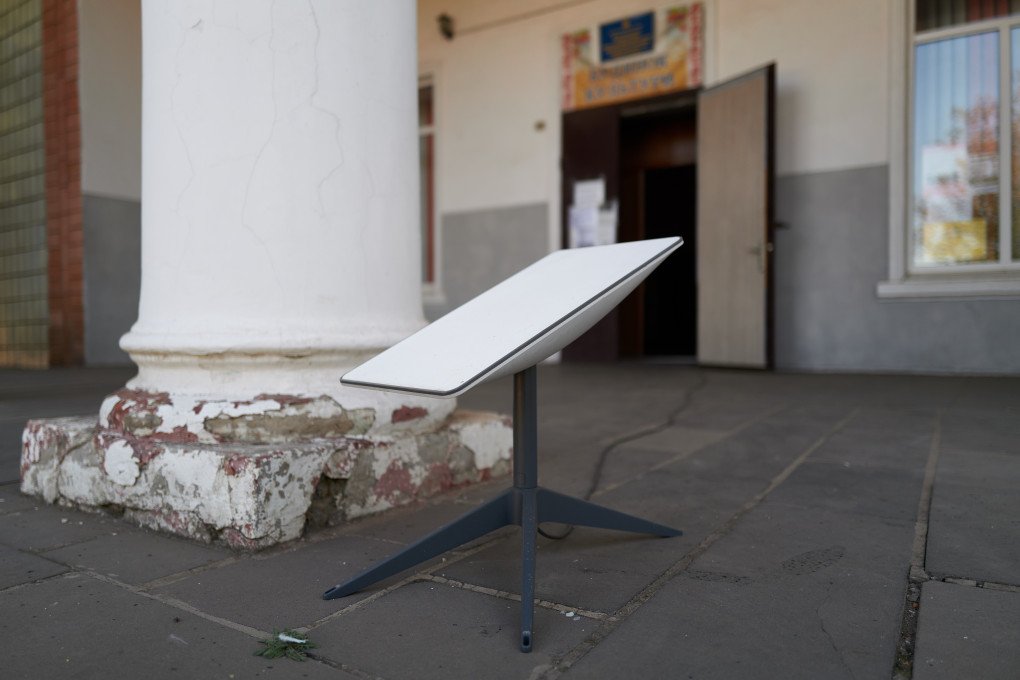
The same applies to hospitals. When Russian attacks leave cities without power—and, as a result, without communication—Starlink keeps people online. Reliable internet access allows medical staff to coordinate, access critical information, and stay connected in emergencies.
How essential is this today? In just the first two weeks of 2025, residents of Ukrainian cities sent over 9,000 reports about network outages in their communities. For them, Starlink is the only way to stay connected, no matter the circumstances.
For Ukraine, Starlink has been a game-changer, proving the necessity of resilient communication systems for both the military and civilians, from public institutions to private businesses.
-29a1a43aba23f9bb779a1ac8b98d2121.jpeg)
-c42261175cd1ec4a358bec039722d44f.jpg)
-46f6afa2f66d31ff3df8ea1a8f5524ec.jpg)
-6359eca46c72bde40a90abaaadd6eaa8.png)

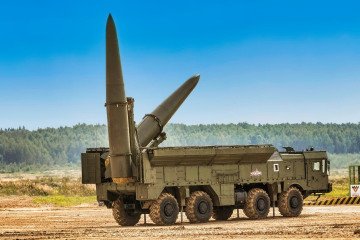
-206008aed5f329e86c52788e3e423f23.jpg)